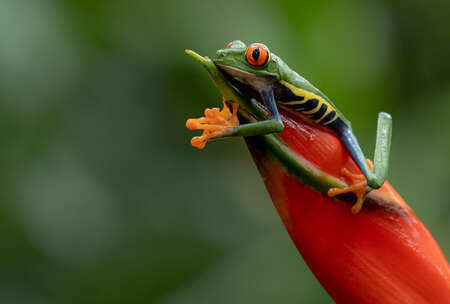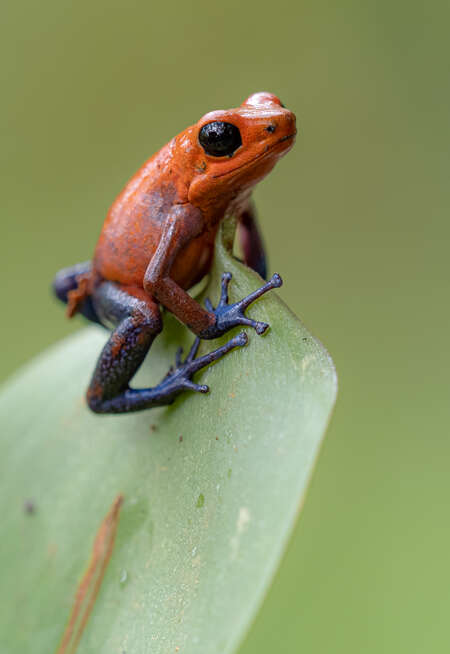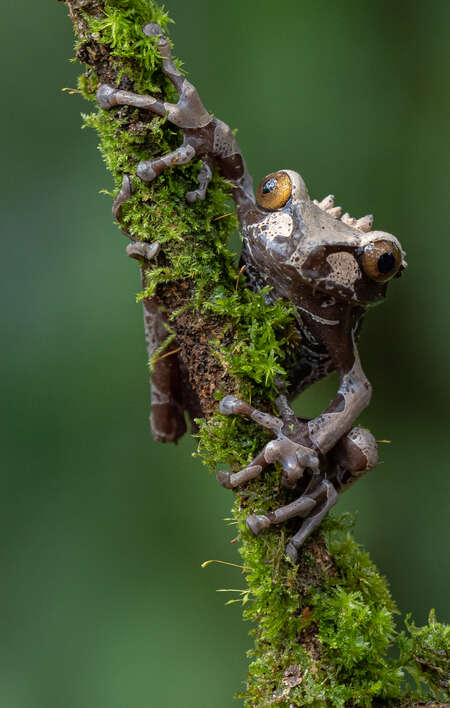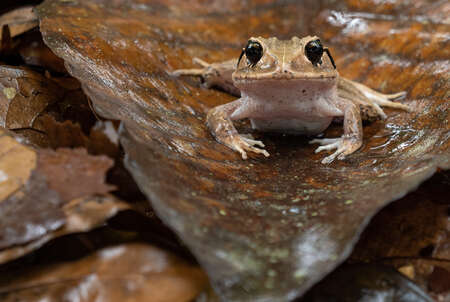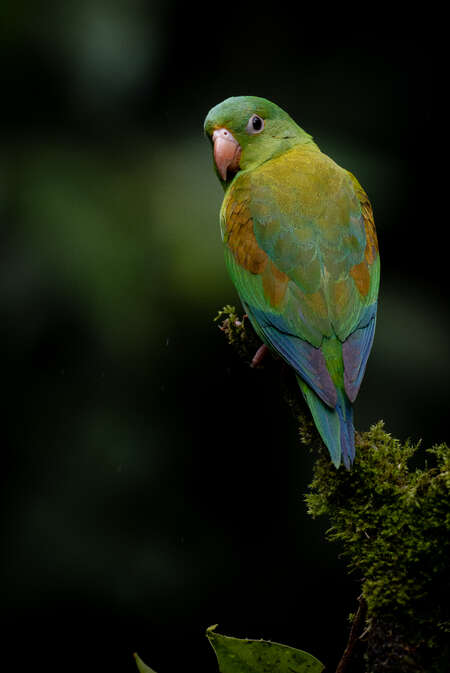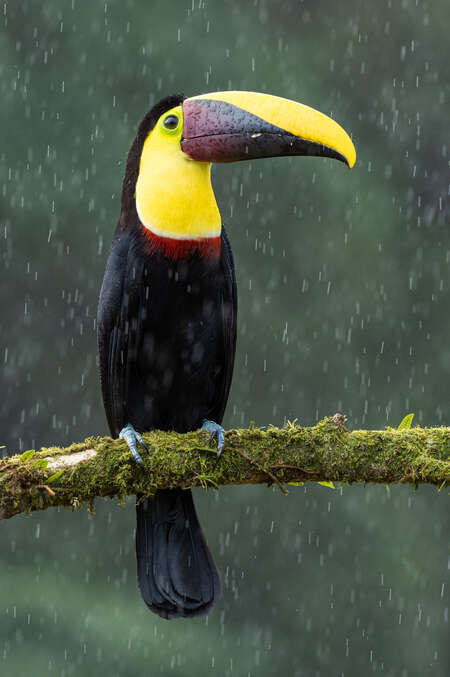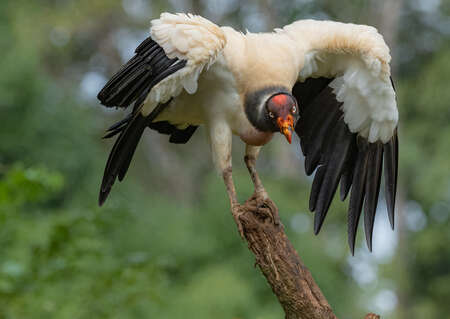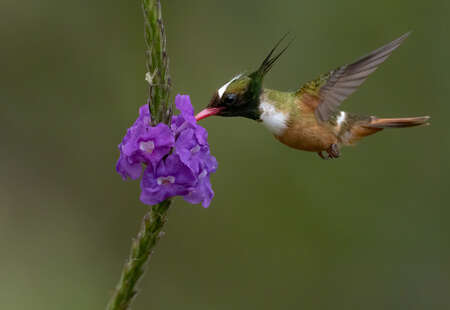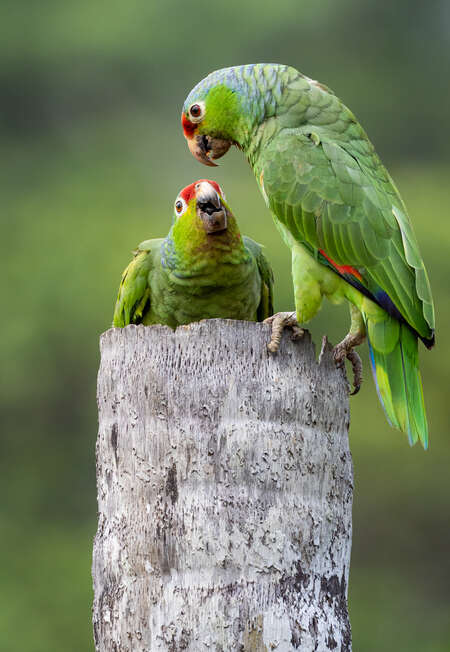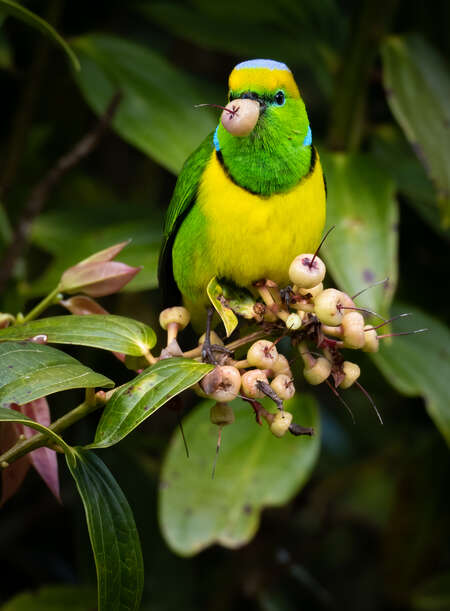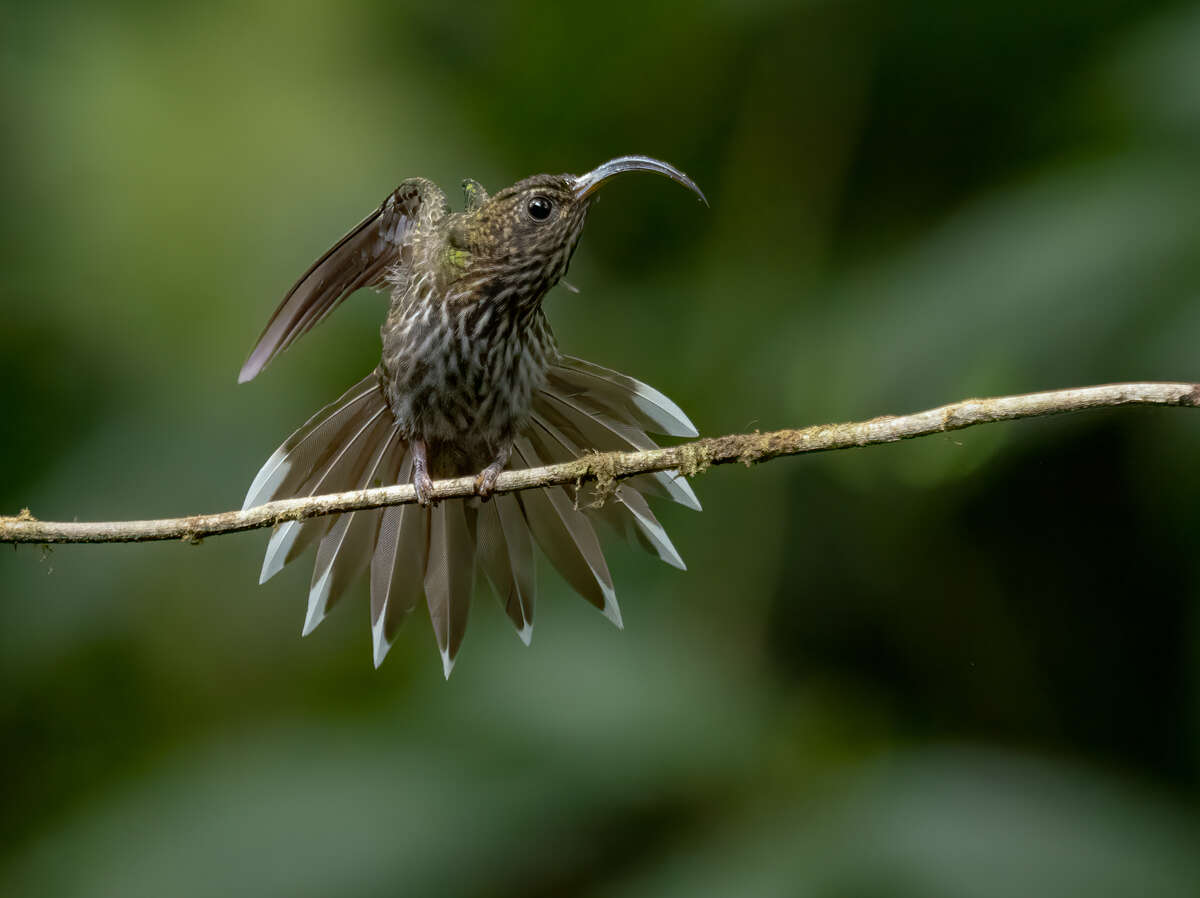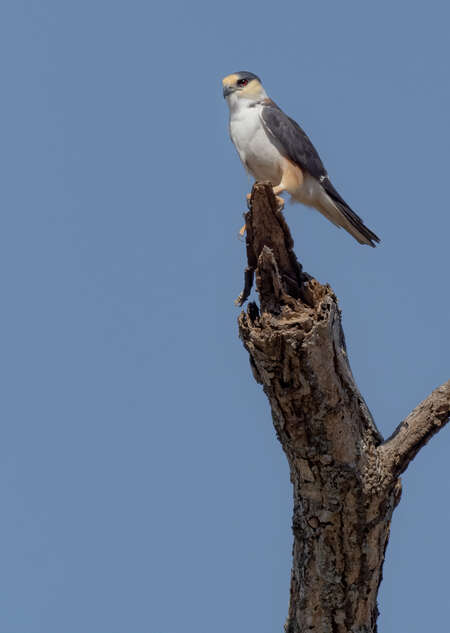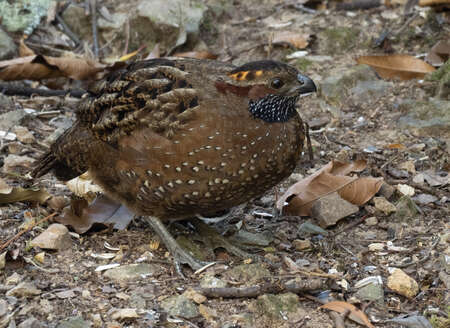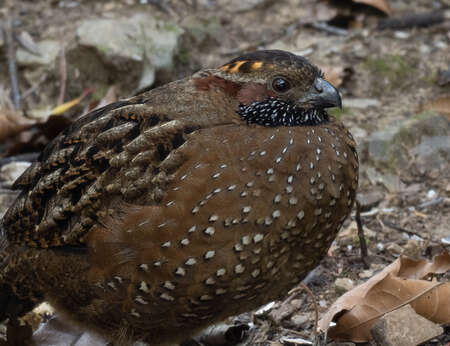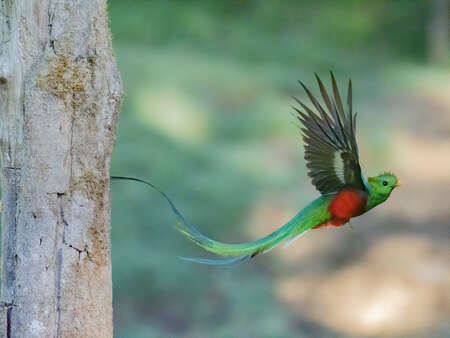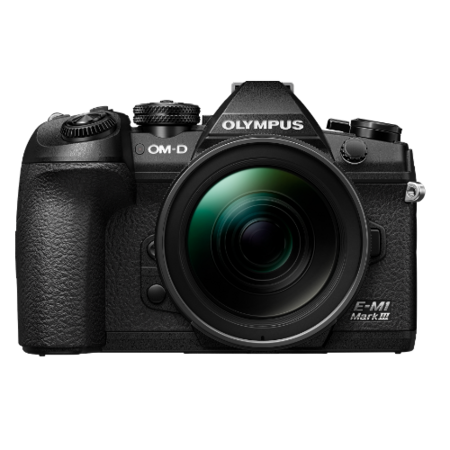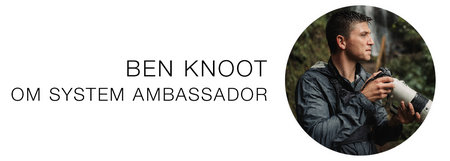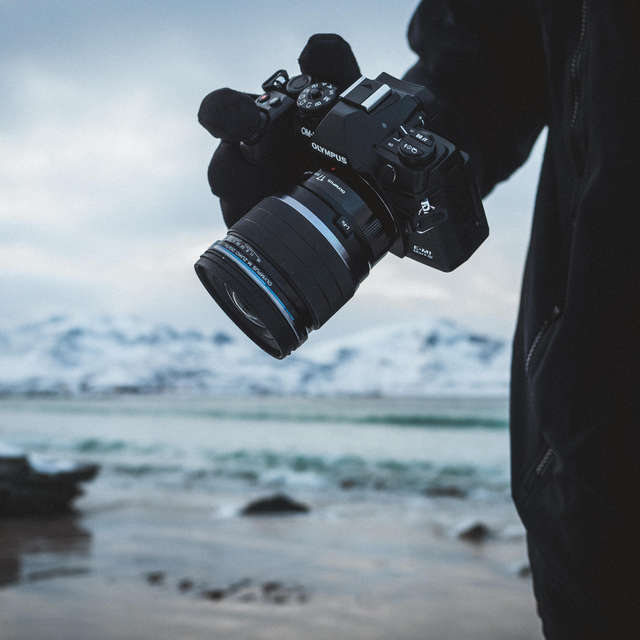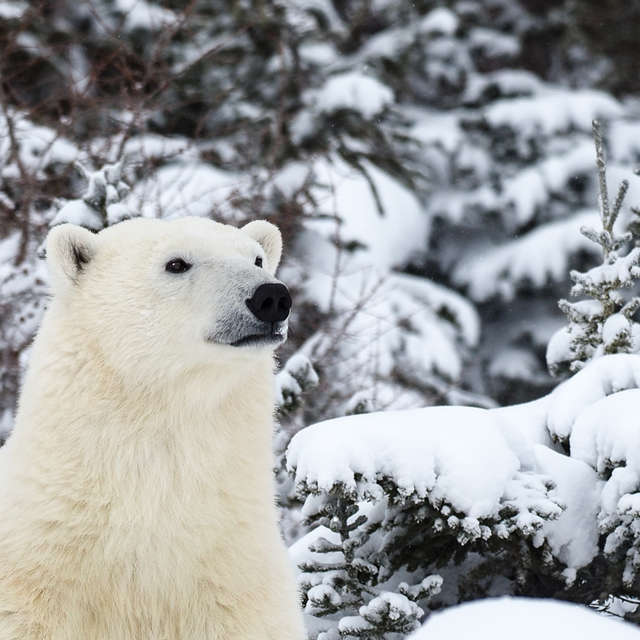Costa Rica, home to more than 800 species of birds and a plethora of mammalian and amphibian life, is an absolute gem of a location for photography and tourism. For the months of February and March, I was leading photography tours for Tropical Birding Tours, which created the perfect opportunity to test out the new OM-D E-M1 Mark III.
I used my E-M1 Mark III with two lenses, my M.Zuiko 300mm F4.0 IS PRO and M.Zuiko 40-150mm F2.8 PRO.
My first stop with the group was one of the best places in Costa Rica for tropical frog photography, Sarapiqui. The body performed admirably in extremely low light conditions. A combination of the 2.5-stops of I.S. from the 300mm F4.0 PRO and the body’s internal 5-stops of I.S. allowed me to take perfectly sharp, handheld images comfortably at 1/20sec, 1/10sec and even as low as 1/6sec.
As it began to rain, I was worried about my groups equipment but luckily they had all packed rain gear for their cameras but I wasn’t worried about the E-M1 Mark III. Completely soaked from the rain, the E-M1 Mark III continued to perform at its best. And so, the E-M1 Mark III did well in a dark rainforest, but a frog is very different than a bird, for one, it doesn’t move and two, it provides plenty of opportunity.
So, how would the camera perform when it faced my preferred wildlife subjects?
Our next destination would put the camera through more of a test. And indeed it did, but again, the E-M1 Mark III passed with flying colors. We visited yet another dark photographic area but this time we were faced with fast and small birds.
Parakeets, honeycreepers, hummingbirds and tanagers were furiously feeding around us, perching for moments at a time. With just seconds to nail our shots I was furiously shooting away at every opportunity that presented itself. Within thick canopy and a resulting somber lighting, I normally would be slightly apprehensive about snapping the perfect shot, however, the dim light and skittish subjects were no match for the auto-focus speed of this camera.
Overall, I was incredibly impressed with the functionality of this camera even in the most challenging of environments. A fun trick that I applied was to increase the focus efficiency by increasing the focus sensitivity to “+1.” It goes up to +2 but I found that +1 works the best.
So, the E-M1 Mark III impressed me with it’s low light auto-focus and speed and I was able to take some excellent shots of those tough, dark forest species like White-Tipped Sicklebill, Orange-chinned Parakeet, and White-collared Manakin. Our tour then moved to the Pacific Slope where I hoped the abundance of light and lack of thick forest would allow me to use some of the other excellent features of the Olympus system.
The Pacific Slope is worlds apart from the Caribbean Slope. The warm climate, thick and dark forests are replaced by an even warmer climate but with thinner and drier forests. Here, high ISO values do not exist, a photographer’s dream. In these habitats the 2x teleconverter can be used with no recourse and shutter speeds are in the thousandths of seconds instead of the hundredths or even tenths. It truly is a very different type of photography technically than the Caribbean Slope, which, of course, means more for the E-M1 Mark III to prove.
I am truly happy to report that the E-M1 Mark III paired with the 300mm F4.0 PRO and the 2x teleconverter (an equivalent 1200mm F8) performed perfectly with absolutely no focus speed loss. I cannot tell you enough how great it is to photograph a Pearl Kite at 1200mm handheld. It is a positively superb feeling knowing that the 6lbs I am holding has that kind of reach and range.
Another fun element of the Olympus system is its video capability.
On the next morning of the tour, I decided to take our group into Carara National Park and we were rewarded with a tremendous view of a Northern Tamandua, an anteater type mammal. We watched as it hunted for insects in decaying wood and along the forest floor. This was an excellent chance to try out the cameras 4k video capability. Again, the handheld video did not disappoint. I was using the amazing 40-150mm F2.8 lens for this video and I loved how crystal clear and smooth the video turned out.
My next test for this camera was to try out it’s High Res Shot Mode. I was excited to try this out but I knew in order for this feature to work, I would need a subject that would hold relatively still. I had just the subject in mind, a Spotted Wood Quail from Sevegre Valley. When we arrived on location and found the quail, I managed an experiment.
Below are two images I took in the same light, and at the same distance. Aside from cropping them to 3000px on the long side, I made no other edits to the images as I only wanted to see what the difference between High Res Mode on and High Res Mode off looked like. As you can see, cropped to the same resolution, the entire bird is not included in the High Res Mode “on” photo. To include the entire bird I wound up with an image of around 5500x3800 resolution, instead of an image roughly 3000x2200. I loved the difference that 50MP made!
The camera’s final test and our last location of the tour was the famed Paraiso Quetzal. Nestled in the highlands of the cloud forests of Costa Rica, this is home to the world famous and perhaps the most spectacular bird, the Resplendent Quetzal.
One image I’ve always wanted while visiting Costa Rica is a photograph of a quetzal leaving it’s nesting site, with it’s magnificent tail and plumage on full display. This meant I was going to plug in one of my most favorite features of the Olympus system: Pro Capture.
So, with Pro Capture dialed in on C1, (set to; 1/4000sec, ISO 2500, F5.6), I waited until the bird flew out of the nesting hole and then took my shot. I was able to capture this series of images that contained the precise image I wanted, so epic!
So, in general, how did I like using the E-M1 Mark III while in Costa Rica?
The weight, compact size and features this camera possesses made for one heck of a trip. The battery life was satisfactory but I was certainly glad I brought four batteries, as it was common to go through at least three batteries a day.
For me personally, the larger size of the E-M1X is best suited to my grip, and I always use the vertical grip option. However, if you're looking for a smaller body with the same features and abilities of the E-M1X, the E-M1 Mark III is the perfect camera for you!
Instagram: @benknoot
Ben is a 24 year old nature photographer originally from California. Before graduating in 2018, he studied Environmental Policy and Environmental Education at Western Washington University in Bellingham Washington State. Ben now leads educational and instructive photography, birding and birding with a camera (BWC®) tours and workshops for Tropical Birding Tours.
Ben’s goal while guiding is to provide a memorable, exciting and successful experience so that other people can enjoy photographing earths beauty as much as he does. Ben has been published by several organizations, including: Natures Best Photography, Audubon, Ranger Rick, NANPA, Wildlife Photo Magazine, and the BBC. His deep love and passion for nature has guided and will continue to guide the way he chooses to live his life, with a sense of wonder and curiosity of all things new and exciting.
